Table of content
Scallops, often referred to as the “candy of the sea,” are a prized delicacy celebrated for their delicate sweetness, tender texture, and versatility in the kitchen. Whether you’re a seasoned home cook or a curious food enthusiast, mastering the art of cooking scallops can elevate your culinary repertoire and impress even the most discerning palates. This comprehensive guide explores everything from selecting the finest scallops to pairing them with complementary flavors, ensuring every bite is a restaurant-worthy delight.
Understanding Scallops: Types and Quality
Before diving into cooking techniques, it’s essential to grasp the basics of scallop varieties. Scallops are bivalve mollusks, and their edible portion—the adductor muscle—is the tender, cylindrical meat we know as the “scallop.” There are two primary types: bay scallops (smaller, sweeter, and often harvested in shallow waters) and sea scallops (larger, meatier, and ideal for high-heat cooking methods like searing).
When purchasing scallops, prioritize freshness. Fresh scallops should have a mild, briny aroma (reminiscent of the ocean) and a firm, glossy texture. Avoid specimens with a fishy smell or a dull, matte appearance, as these indicate spoilage. Many grocery stores sell “dry-packed” scallops, which are untreated with chemicals like sodium tripolyphosphate (STP). Dry-packed scallops sear better, develop a richer caramelization, and lack the soapy aftertaste sometimes associated with wet-packed varieties. If frozen scallops are your only option, thaw them slowly in the refrigerator and pat them dry thoroughly before cooking.
Preparation: The Foundation of Perfect Scallops
Proper preparation is non-negotiable for achieving scallops that melt in your mouth. Start by removing the small, crescent-shaped muscle (called the “foot”) attached to the side of each scallop. While edible, this muscle can become tough when cooked. Gently tug it off with your fingers or a paring knife.
Next, pat the scallops dry using paper towels. Excess moisture is the enemy of searing, as it prevents browning and leads to steaming instead of caramelization. For an extra layer of insurance, lightly salt the scallops 10–15 minutes before cooking. This step, known as “dry-brining,” draws out residual moisture and enhances seasoning.
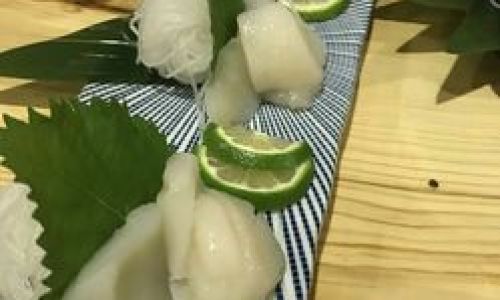
Cooking Methods: From Sear to Sizzle
Pan-Searing: The Gold Standard
Pan-searing is the most popular technique for scallops, delivering a crisp, golden crust and a tender, buttery interior. Here’s how to execute it flawlessly:
- Heat the Pan: Use a heavy-bottomed skillet (cast iron or stainless steel) and preheat it over medium-high to high heat. Add a neutral oil with a high smoke point, such as grapeseed or canola oil.
- Test the Heat: The pan is ready when a drop of water evaporates instantly. Add the scallops, ensuring they’re not touching (overcrowding lowers the pan’s temperature and causes steaming).
- Sear Undisturbed: Cook scallops for 1.5–2 minutes per side, resisting the urge to flip them prematurely. A golden-brown crust should form.
- Baste with Butter: For added richness, reduce the heat to medium, add a knob of butter, and tilt the pan. Spoon the foaming butter over the scallops for 30 seconds to infuse flavor.
Grilling: Smoky Char and Grill Marks
Grilled scallops offer a smoky depth that pairs beautifully with summer menus. Soak wooden skewers in water for 30 minutes to prevent burning, then thread the scallops onto them. Preheat the grill to high and oil the grates. Sear the scallops for 2–3 minutes per side, directly over the flames. Serve with a chimichurri sauce or grilled lemon halves for a zesty finish.
Baking: Hands-Off Elegance
Baking is ideal for cooking scallops in sauces or alongside vegetables. Preheat the oven to 400°F (200°C). Toss scallops in olive oil, herbs, and garlic, then roast on a parchment-lined baking sheet for 6–8 minutes until opaque. For a one-pan meal, nestle scallops among asparagus or cherry tomatoes.
Ceviche: No-Cook Freshness
For a light, refreshing twist, try scallop ceviche. Slice scallops into thin rounds, marinate them in lime or lemon juice for 10–15 minutes (the acid “cooks” the meat), and mix with diced cucumber, avocado, cilantro, and chili. Serve with tortilla chips or plantain chips.
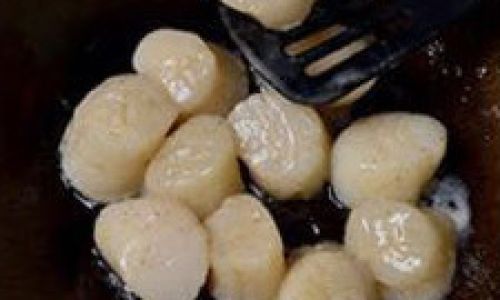
Seasoning and Flavor Pairings
Scallops’ mild sweetness acts as a canvas for bold flavors. Classic pairings include:
- Brown Butter and Sage: Melt butter until nutty, then toss in fresh sage leaves. Drizzle over seared scallops.
- Garlic and Herbs: Sauté minced garlic in olive oil, then add thyme or rosemary.
- Citrus Zest: A sprinkle of lemon or lime zest brightens the dish.
- Spicy Kick: Top with a chili-lime glaze or a dash of sriracha.
For Asian-inspired flavors, marinate scallops in soy sauce, mirin, and ginger before searing. Serve with a side of coconut rice or stir-fried bok choy.
Sauces and Accompaniments
A well-crafted sauce can transform scallops into a gourmet masterpiece. Consider these options:
- Beurre Blanc: A velvety emulsion of white wine, shallots, and butter.
- Lemon-Caper Sauce: Reduce lemon juice and white wine, then whisk in cold butter and capers.
- Pesto: Toss scallops with homemade basil pesto and cherry tomatoes.
Pair scallops with creamy risotto, buttery mashed potatoes, or crispy polenta. For a low-carb option, serve them over cauliflower puree or zucchini noodles.
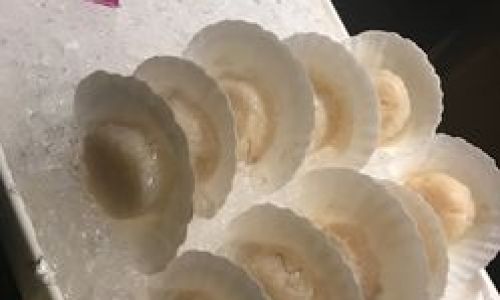
Common Mistakes to Avoid
- Overcooking: Scallops turn rubbery when cooked beyond medium-rare. Remove them from the heat when the centers are still slightly translucent; residual heat will finish the cooking.
- Skipping Dry-Brining: Without salting, scallops lack seasoning depth and may release excess moisture.
- Using Low Heat: Searing requires high heat to achieve caramelization. A lukewarm pan leads to steaming.
- Overcrowding the Pan: Leave space between scallops to ensure even browning.
Sustainability and Ethical Sourcing
When purchasing scallops, opt for sustainably harvested options. Look for labels like “MSC-certified” (Marine Stewardship Council) or inquire about fishing methods. Diver-caught scallops have a lower environmental impact than those dredged from the seafloor.
Conclusion: Elevate Your Scallop Game
Cooking scallops to perfection is an achievable feat with attention to detail and practice. Whether you prefer the sizzle of a seared scallop, the smokiness of the grill, or the freshness of ceviche, these techniques guarantee a dish that’s both elegant and deeply satisfying. Experiment with flavors, embrace sustainability, and savor the joy of creating a meal that celebrates the ocean’s bounty. With each golden-brown sear and buttery bite, you’ll discover why scallops remain a culinary treasure worth mastering.

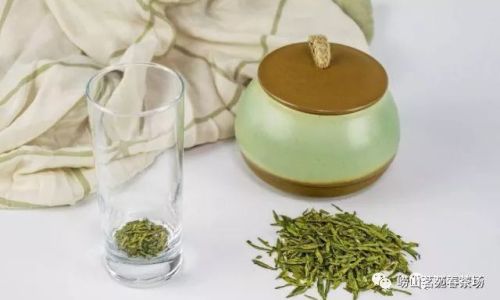
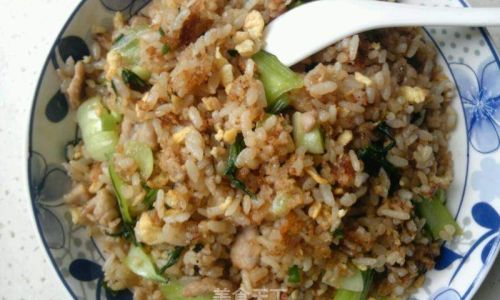
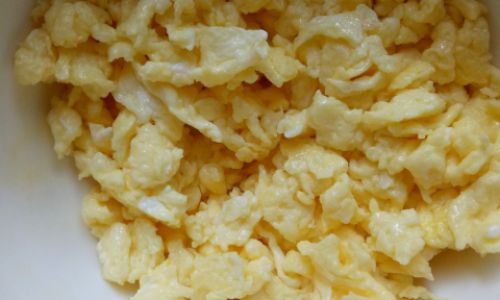
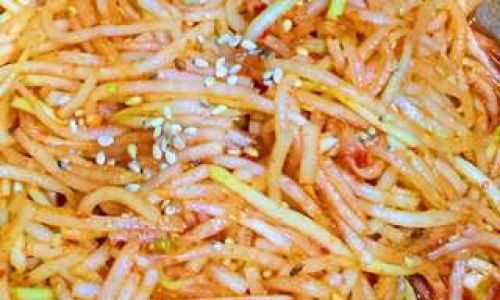
0 comments